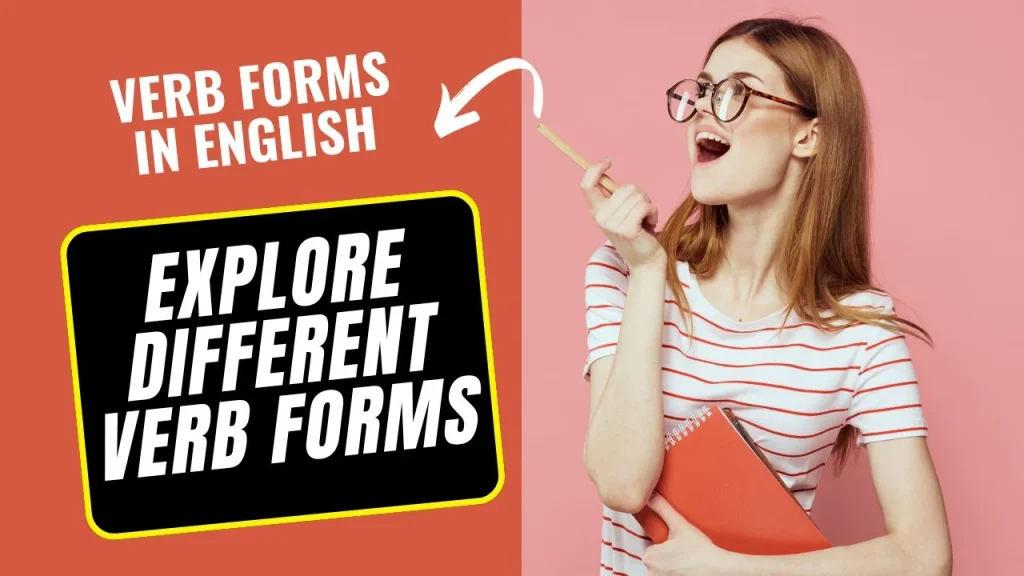
Verbs are the workhorses of a sentence, expressing actions, occurrences, or states of being. But verbs aren’t one-size-fits-all! English verbs change their form (conjugate) to indicate tense (past, present, future), perfect aspect (completed action), and progressive aspect (ongoing action). Understanding these verb forms is essential for clear and grammatically correct English.
The Champs: Base Form, Past Simple, and Past Participle
These three forms are the foundation for most verb tenses in English.
- Base Form: This is the dictionary form of the verb, often used with the present tense (e.g., I walk to the store every day).
- Past Simple: This form indicates an action completed in the past (e.g., Yesterday, I walked to the store).
- Past Participle: Used with helping verbs like “have” (has, had) to form perfect tenses (e.g., I have walked to the store twice this week) or passive voice (e.g., The store was closed when I arrived).
Regular Verbs: These follow a simple rule for forming the past simple and past participle: add “-ed” to the base form (e.g., walk -> walked, walk -> walked).
Irregular Verbs: These are the tricksters! They have unique forms for the past simple and past participle that need to be memorized (e.g., go -> went, go -> gone).
The Crew: Present Participle, Third-person Singular, and More!
While the base form, past simple, and past participle are the core, other verb forms add variety and nuance:
- Present Participle: Ending in “-ing,” it describes an ongoing action (e.g., I am walking the dog) or can be used with helping verbs for continuous tenses (e.g., I was walking the dog when I saw you).
- Third-person Singular: This form adds “-s” to the base verb and is used with “he,” “she,” and “it” in the present simple tense (e.g., She works at a hospital).
Using Verb Forms Together: Building Sentences
Here are some examples of how verb forms work together:
- Simple Present: She reads a book every night. (habitual action)
- Present Continuous: They are playing basketball right now. (ongoing action)
- Past Simple: We visited our grandparents last weekend. (completed action in the past)
- Present Perfect: I have never seen that movie. (action completed before now)
Forms: Depending on the context, you might encounter infinitive verbs (used with “to” – e.g., I want to learn more verb forms) and gerunds (acting as nouns – e.g., Learning English is fun!).
By understanding and using verb forms correctly, you’ll be well on your way to expressing yourself clearly and confidently in English!
Subscribe to our newsletter!